This is an excerpt from the newly revised TIME Special Edition, Mother Teresa: The Life and Works of a Modern Saint, now available on Amazon.
One October day in 2012, Cardinal Jorge Bergoglio of Buenos Aires celebrated a traditional Mass for thousands of children in the Argentinean capital. A nun from Calcutta was on his mind. “Who told us that we can find Jesus in those most in need?” he asked the children gathered in the Parque Roca stadium. “Mother Teresa!” they replied. “And what did Mother Teresa have in her arms? A crucifix? No—a child in need,” he taught them. “So we can find Jesus in each person who is in need.”
At the time, Bergoglio could never have imagined that in a few short years, he would make Mother Teresa a saint. Six months after he spoke to the children that day, the archbishop from Buenos Aires was anointed the Bishop of Rome. Now, as Pope Francis, he has named Mother Teresa for canonization, and she will forever be remembered as a Francis saint.
And yet Pope Francis could just as easily be called a Mother Teresa pope. Their mission fields were continents apart, but their lives have been woven together for years. Both served in religious orders, she as the founder of the Missionaries of Charity and he in the Society of Jesus. Both devoted themselves to the poor and drew attention to those whom society has cast to the margins—Teresa is known as a saint of the gutters and Francis as a pope of the slums. At their cores, they share a purpose in their public service and personal spirituality: to act as a channel of God’s mercy. And as Francis ushers Teresa into sainthood, her mission will continue to define his papacy.
It is impossible to think of Mother Teresa and Pope Francis without remembering their service to the suffering, especially the poor. From the beginning of his papacy, Pope Francis has sought to bring the poor to the world’s attention, fighting for their rights in halls of power from the U.S. Congress to the United Nations. Like Mother Teresa before him, he fights the “culture of waste” that favors production over human life. During a one-day visit to Mother Teresa’s homeland of Albania in September 2014, Pope Francis made a point of visiting a center for disabled and needy children. And when he kissed the face of a disfigured man in Saint Peter’s Square, a photo of the moment captured the world’s imagination. His actions routinely call to mind the words of Mother Teresa: “I see God in every human being,” she once said. “When I wash the leper’s wounds, I feel I am nursing the Lord himself. Is it not a beautiful experience?”
Read More: Mother Teresa: The Life and Works of a Modern Saint
This shared mission of compassion for the suffering is deeply rooted in the saints who have shaped Pope Francis and Mother Teresa’s respective lives. They share a special devotion to Mother Teresa’s namesake, Saint Thérèse of Lisieux of the Little Flower, a 19th-century French nun known for her simple spirituality. Mother Teresa found in Saint Thérèse inspiration to do the ordinary with deep love, and both women spoke openly of their experience of finding faith in darkness, not just light. Pope Francis has also found inspiration in Saint Thérèse—whenever he has a concern, he once said, he turns to her in prayer, asking her for a rose as a sign of God’s presence and calling in his life. When he travels, he carries a copy of one of Thérèse’s books. And in 2015, Pope Francis made Teresa’s parents the first married couple to be jointly named saints.
Just as Pope Francis is devoted to Mother Teresa’s namesake, Mother Teresa was devoted to his. Every day after she celebrated the sacrament of communion, she prayed a prayer attributed to Saint Francis of Assisi, the 13th-century patron saint of the poor. The words became a staple of her public life—she recited them often, including when she accepted the Nobel Peace Prize in 1979 and when she spoke at the National Prayer Breakfast in Washington in 1994. The words reveal her mission and the direction Pope Francis has hoped to take the global church:
Lord, make me a channel of Thy peace that, where there is hatred, I may bring love; that, where there is wrong, I may bring the spirit of forgiveness; that, where there is discord, I may bring harmony; that, where there is error, I may bring truth; that, where there is doubt, I may bring faith; that, where there is despair, I may bring hope; that, where there are shadows, I may bring light; that, where there is sadness, I may bring joy. Lord, grant that I may seek rather to comfort than to be comforted; to understand than to be understood; to love than to be loved; for it is by forgetting self that one finds; it is by forgiving that one is forgiven; it is by dying that one awakens to eternal life.
Their shared roots in this saint from Assisi run deeper than advocating for the disenfranchised. Saint Francis was a pioneer for peaceful Christian-Muslim relations. In 1219, during the Fifth Crusade, Francis traveled through enemy territory to meet with Sultan Malik al-Kamil of Egypt, a nephew of the great warrior Saladin. Initially Francis had hoped to convert him, but the men met as equals, and they sought peace during a time of great strife. The constitution of Mother Teresa’s Missionaries of Charity states a profound respect for all religions and notes that it does not impose Catholic faith on others even as its sisters reach out. Mother Teresa talked about how people of all religions belong to the same family. “There is only one God and He is God to all,” she wrote in her book A Simple Path. “I’ve always said that we should help a Hindu become a better Hindu, a Muslim become a better Muslim, a Catholic become a better Catholic.”
In this tradition, Pope Francis, again, is walking in Mother Teresa’s footsteps. Albania, the nation with which Mother Teresa identified by origin, is a majority Muslim nation, and when Francis visited in 2014, he spoke of persecution not just of Christians but also of their Muslim brothers and sisters. Francis has washed the feet of Muslim migrants. He brought Syrian Muslim families back with him on his plane to Rome from a refugee camp in Greece. He even welcomed the influential Sunni religious authority Sheikh Ahmed al-Tayeb of Al-Azhar to the Vatican in May 2016, and the two discussed shared commitments to peace and to the rejection of violence and terrorism. “The meeting is the message,” Pope Francis said when they met.
In a global environment where fear often rules, these are more than gestures. Pope Francis is continuing the theology of encounter that was the core of Mother Teresa’s message. Father Brian Kolodiejchuk, postulator of the cause for Mother Teresa’s canonization, knows this perhaps better than anyone else—he has compiled a collection of her previously unreleased writings, titled A Call to Mercy: Hearts to Love, Hands to Serve. “She’d make a difference between looking and seeing. That is what he does,” Kolodiejchuk says. “These little gestures, some of them speak louder than words.”
See Every Pope Who’s Ever Been on the Cover of TIME
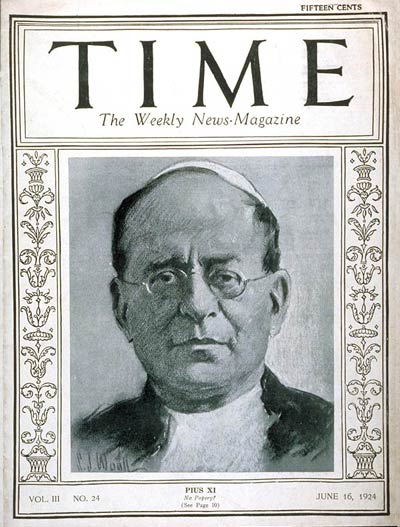
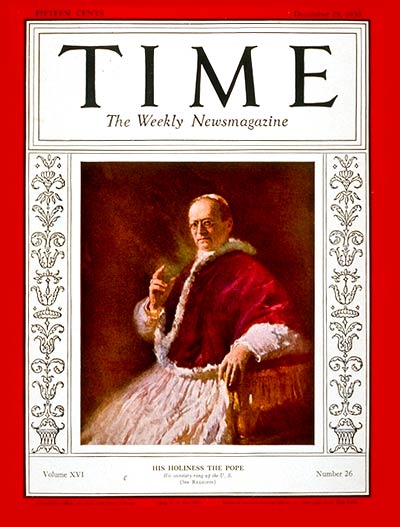
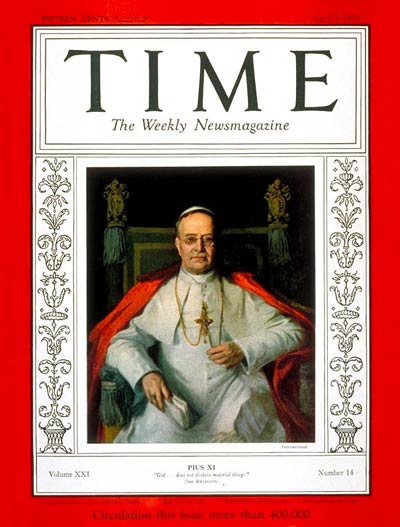


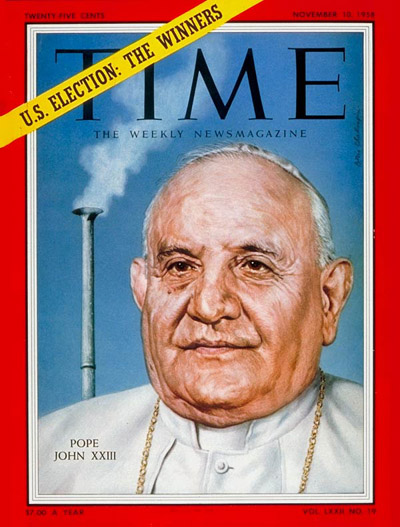

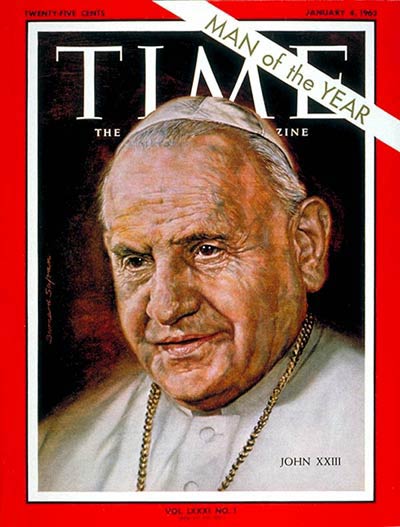
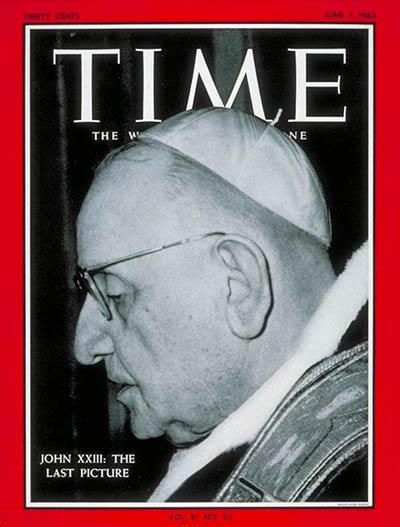
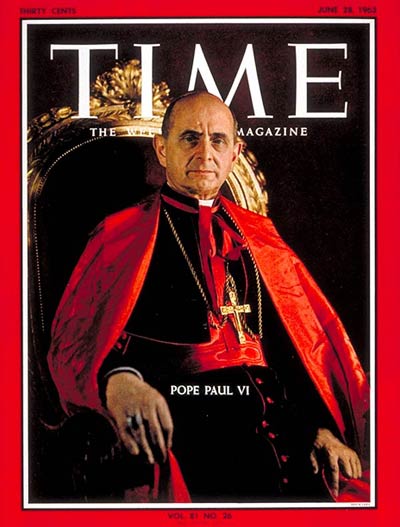
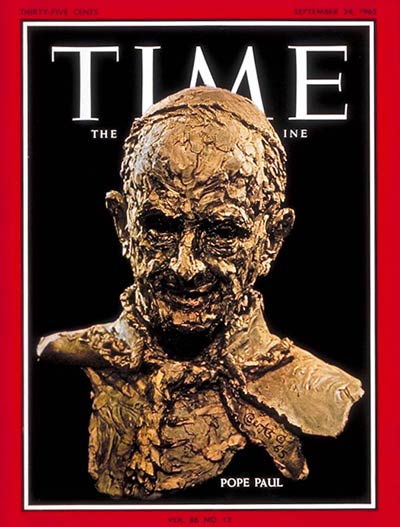

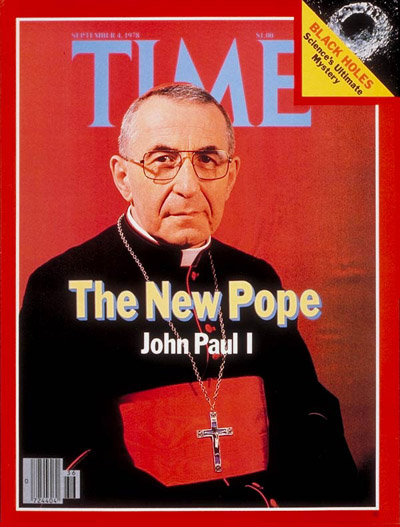

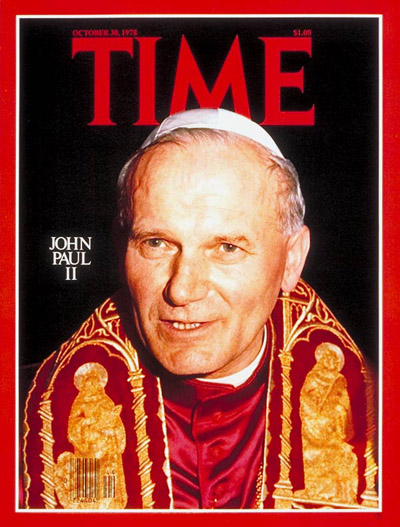
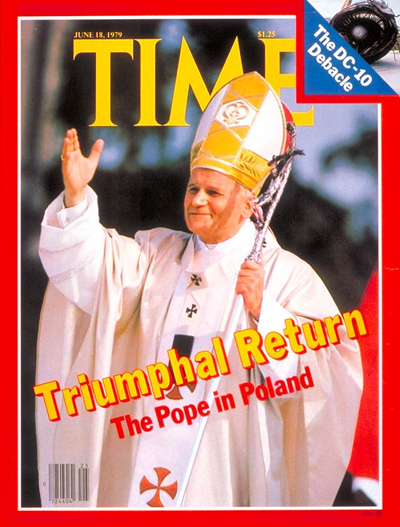



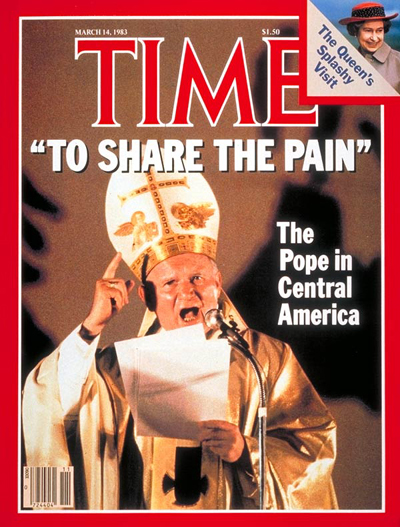







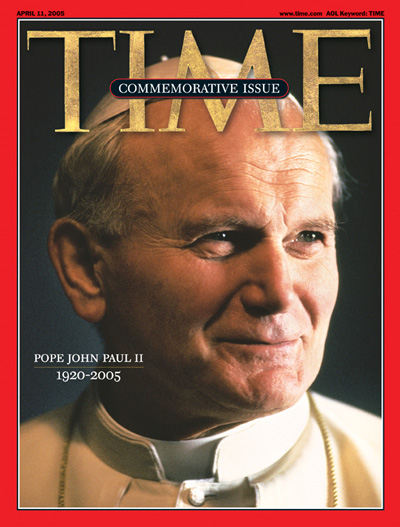
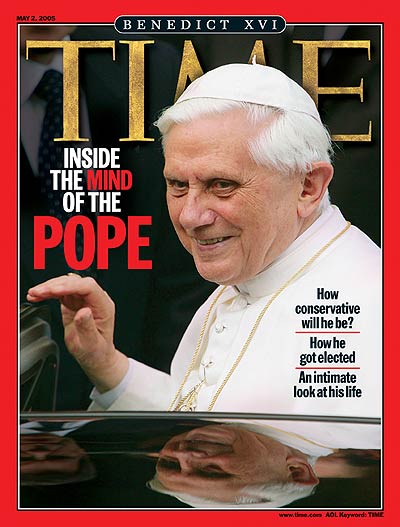






It is a vision for the future that pushes the Catholic Church to be its best. Pope Francis spoke early of his vision of the church as a field hospital after battle, to heal wounds and warm hearts toward God. “I dream of a church that is a mother and shepherdess,” Francis said in 2013. “The church’s ministers must be merciful, take responsibility for the people and accompany them like the Good Samaritan, who washes, cleans and raises up his neighbor. This is pure Gospel.”
For millions, Mother Teresa was that example, decades before Francis captured the world’s attention. Hers was a mercy, like the Good Samaritan’s, that pushed boundaries. When she started her mission in the late 1940s, for example, she wrote to the archbishop of Calcutta, outlining her goals for the sisters’ work—even including having them drive a bus. “She was ahead of her time on that one,” Kolodiejchuk says. “Just the conception of the sisters, to have them dressed in the sari—in the time and context, that was very radical.”
Although their missions overlapped, Pope Francis and Mother Teresa met only briefly. In 1994, Mother Teresa was invited to audit a meeting of the bishops at the Vatican. She sat, Francis recalled later, right behind him during the sessions. “I admired her strength, the determinedness with which she spoke, never letting herself be fazed by the assembly of bishops. She said what she wanted to say,” Francis said. Then he added, joking: “If she had been my superior, I would have been scared!”
That commitment to mercy at all costs is a reminder of what Pope Francis wants for his church. It is no accident that he will canonize Mother Teresa during his declared Jubilee Year of Mercy, a dedicated time for Catholics all over the world to return to the church and experience God’s mercy anew. Just as Mother Teresa will be remembered from here on out as the Saint of the Jubilee, so will Francis’s works of mercy be ever marked by her mission.
More Must-Reads from TIME
- Donald Trump Is TIME's 2024 Person of the Year
- Why We Chose Trump as Person of the Year
- Is Intermittent Fasting Good or Bad for You?
- The 100 Must-Read Books of 2024
- The 20 Best Christmas TV Episodes
- Column: If Optimism Feels Ridiculous Now, Try Hope
- The Future of Climate Action Is Trade Policy
- Merle Bombardieri Is Helping People Make the Baby Decision
Contact us at letters@time.com